Subscribe for Access
Modern-day partner managers are giving the power back to their sales teams to co-sell with partners. Learn how to advance from a “manual mindset” to a “conductor mindset”, where you can focus on the big picture strategy and drive repeatable, scalable revenue growth.

A great way to turn a prospect into a lead: mention how your product integrates with and complements the tools in your prospects’ tech stacks directly in your outbound emails.
“Normal outbound is noisy and everyone gets a ton of it. Leveraging partner ecosystem data to understand a prospect’s tech stack and custom tailor your pitch accordingly gives your reps a huge advantage,” says Rob Simmons, VP of Sales at LeanData.
He adds, “I’m a big believer in this play for SDRs. I think about how much outreach I personally get, and the stuff that catches my eye is either highly personalized and/or it mentions a tool that I’m already using.”
91% of consumers say they’d rather do business with a company that provides offers directly relevant to them.
Sellers who excel with advanced consultative selling skills are almost twice as likely (94%) to be top performers.
Only 18% of sellers are leveraging tech partners as part of the sales process; yet,“being analytical and more targeted in their sales approach” is the top trait that sales leaders look for in their top performers. (Pavilion & Crossbeam’s upcoming 2023 Future of Revenue Survey. Check out the one-pager with initial findings here).
Referencing your prospect’s tech stack is easy, and this small effort goes a long way. You’ll more quickly communicate value and improve your email response and conversion rate. Plus, you’ll show your leadership team how you’re analytically-minded, able to skip ahead in the discovery phase, and willing to work cross-functionally with the partnerships team to understand the value of your tech integrations. In sum, it can help you stand out and get promoted.
Start mentioning your prospect’s tech stack in your outbound emails, and you could be responsible for:
- More meetings booked
- Faster sales cycles
- And higher annual contract values (ACVs)
Examples of emails including tech stack insights
Below, you’ll find examples of simple outbound emails from the sales teams at Census, RollWorks, and Vidyard. Use these examples as inspiration, and scroll down to find tips for exactly what to include in your outreach.
Example #1: An outbound email from data activation platform Census
Hey Jane,
Noticed from Linkedin that you lead data engineering for ACME Corporation, and it looks like the product team there is on Holver — I’m reaching out from the Census team, who is a Holver partner.
Are there user and company attributes living in the data warehouse that teams want in Holver to do deeper analysis?
For example, if a ‘power user’ is defined in the warehouse and synced to enrich the user profile in Holver, Product and Marketing can now understand how conversion funnels differ between power and non-power users.
Census is a reverse ETL tool that syncs your data warehouse with Holver and other business applications, without requiring engineering code.
Here’s a short clip on how – would love to hear your thoughts.
Best,
Census’ SDR Name
Learn how Census’s sales and partnerships team collaborate and identify their prospects’ tech stacks to drive 34% higher annual contract values (ACVs).
–
Example #2: An outbound email from account-based marketing (ABM) platform RollWorks
Hi [Prospect Name]
Hope your summer is off to a great start! I was very excited to notice you are located in NJ as well! I live in South Jersey in a small town called Glassboro. I am always super excited when I get the chance to reach out to other NJ natives.
Since I noticed you are the director of marketing, I wanted to share how the RollWorks account-based platform is helping marketers use HubSpot to roll out successful account-based programs.
Whether you’re new to Account-Based Marketing or have a robust strategy, our HubSpot integration makes it easier to be account-based:
- Utilize HubSpot’s pre-built ABM Lists to segment known and unknown contacts at target accounts
- Dynamically sync contact lists to RollWorks
- View account engagement metrics in the HubSpot dashboard
- Align marketing and sales with RollWorks performance reports and dashboards
Visit our HubSpot page to learn more.Would you be interested in chatting Monday afternoon?
Thanks,
[Sender Name]
Learn how RollWorks’s sales development representatives (SDRs) tailor their outbound outreach using tech stack insights from Crossbeam.
–
Example #3: An outbound email from online video platform Vidyard
Hey George,
I noticed your team sent out over 150 videos in the last 3 months to prospects!
I made you this quick (~1 min) video to share how your team can include your [Tool Name] directly within video to book more meetings and help you as a manager create a more repeatable, scalable process with team analytics:
[Insert Video]
Do you have time on Tuesday to do a quick audit of your current video enabled cadences & set you up with some pro tips from other [Tech Partner] customers to take back to your team?
Thanks,
[Sender Name]
Learn how Vidyard converts free users to paid customers using tech stack insights.
Getting started
To identify which tools you’re prospects are using in their tech stacks, you can:
Share a list of your target accounts with your partnerships team. They can identify which of your prospects are already customers of your tech partners using Crossbeam (it’s free). They can also reach out to your tech partners to understand how your individual prospects are using your integration or joint solution so you can custom tailor your outbound emails to speak to each of your prospects’ pain points and use cases.
If you’re using the Crossbeam Connector or Supernode plan, then take advantage of the Crossbeam Full Widget. The widget enables you to see which of your prospects are customers of your tech partners directly in your account dashboard in Salesforce. From there, you can drop your prospects into relevant email sequences mentioning specific integrations, ask your partner for intel about your prospect, or reach out to your partnerships team for help.
When you’re ready to draft an outbound email mentioning your prospect’s tech stack and relevant integrations, make sure to include:
- A brief description of your product and its value
- Use cases for your integration or joint solution, relevant to your prospect
- A mention of a success story or case study for a similar customer who gained value from your integration
- A special offer, if applicable
- A call-to-action asking if your prospect would like to learn more about your product and integration
You should also speak with your partnerships team to gather any resources that could be helpful to your prospect. Your partnerships team may have one-pagers, documentation, case studies, value statements, or other resources that could help communicate value to your prospect.
“We had our generic outbound sales messaging, but once we switched to partner-led outbound sales efforts, we increased our outbound opportunities by 45%,” says Samantha Samuels, Head of Partnerships at Friendbuy.
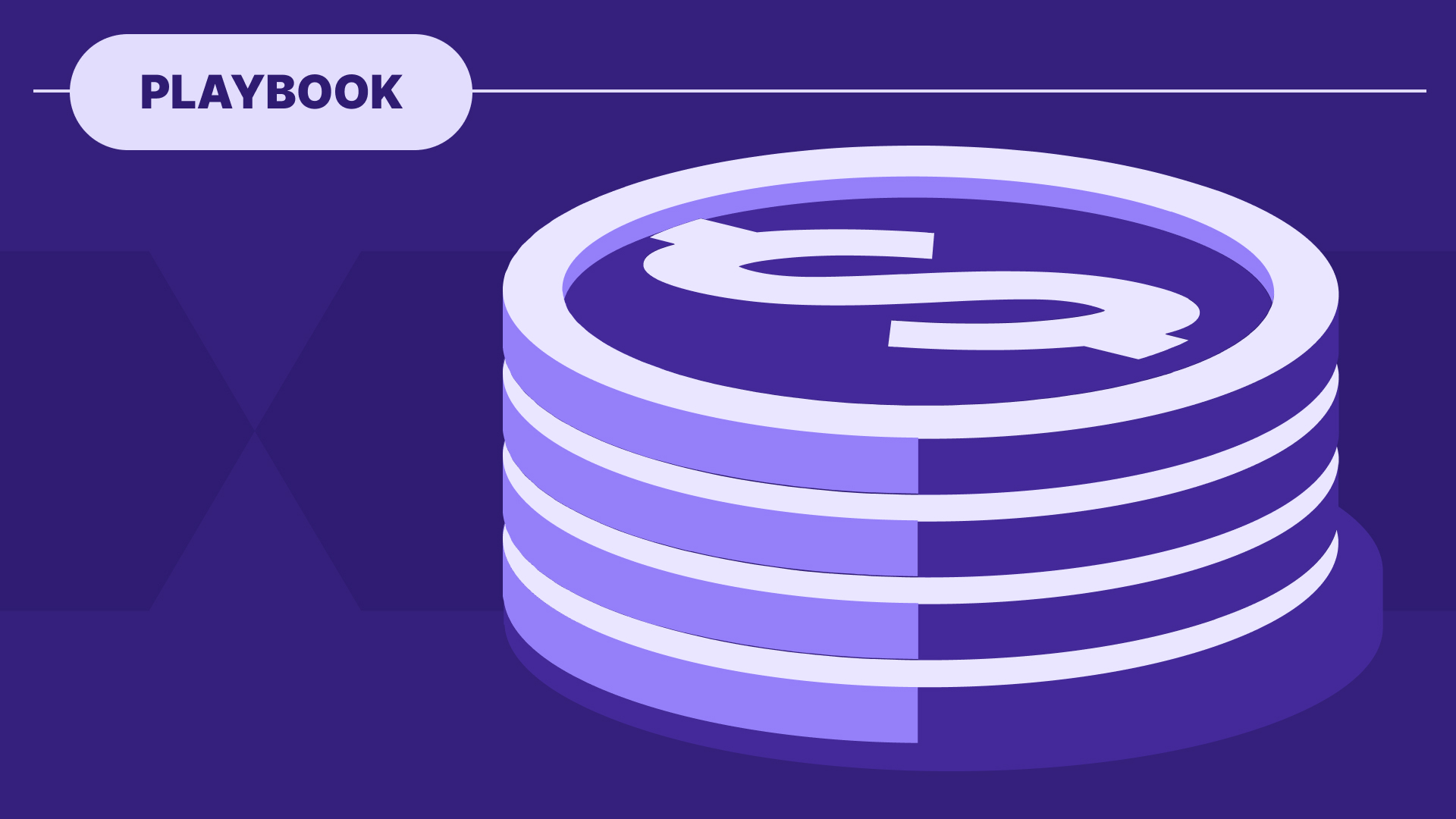

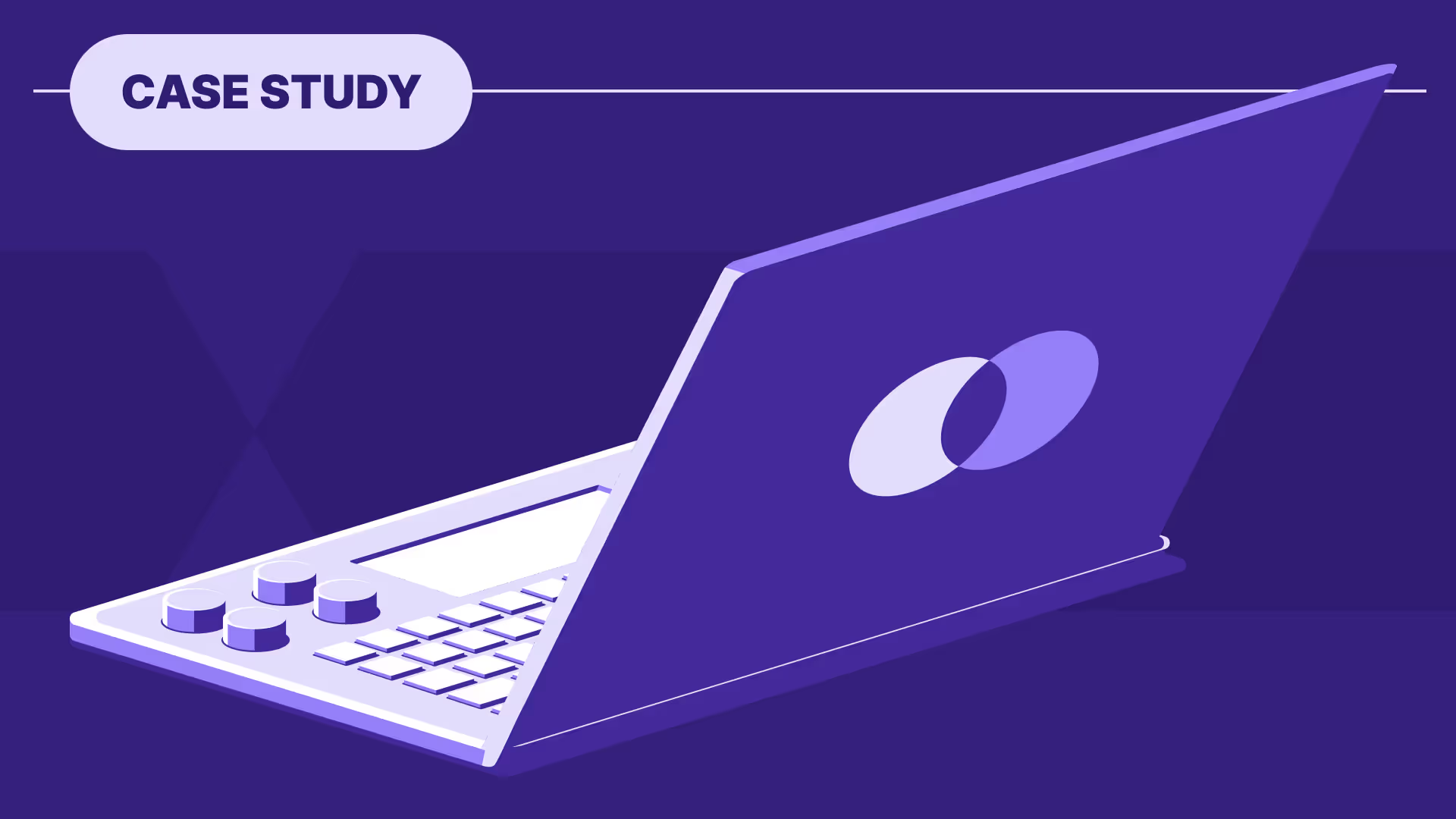

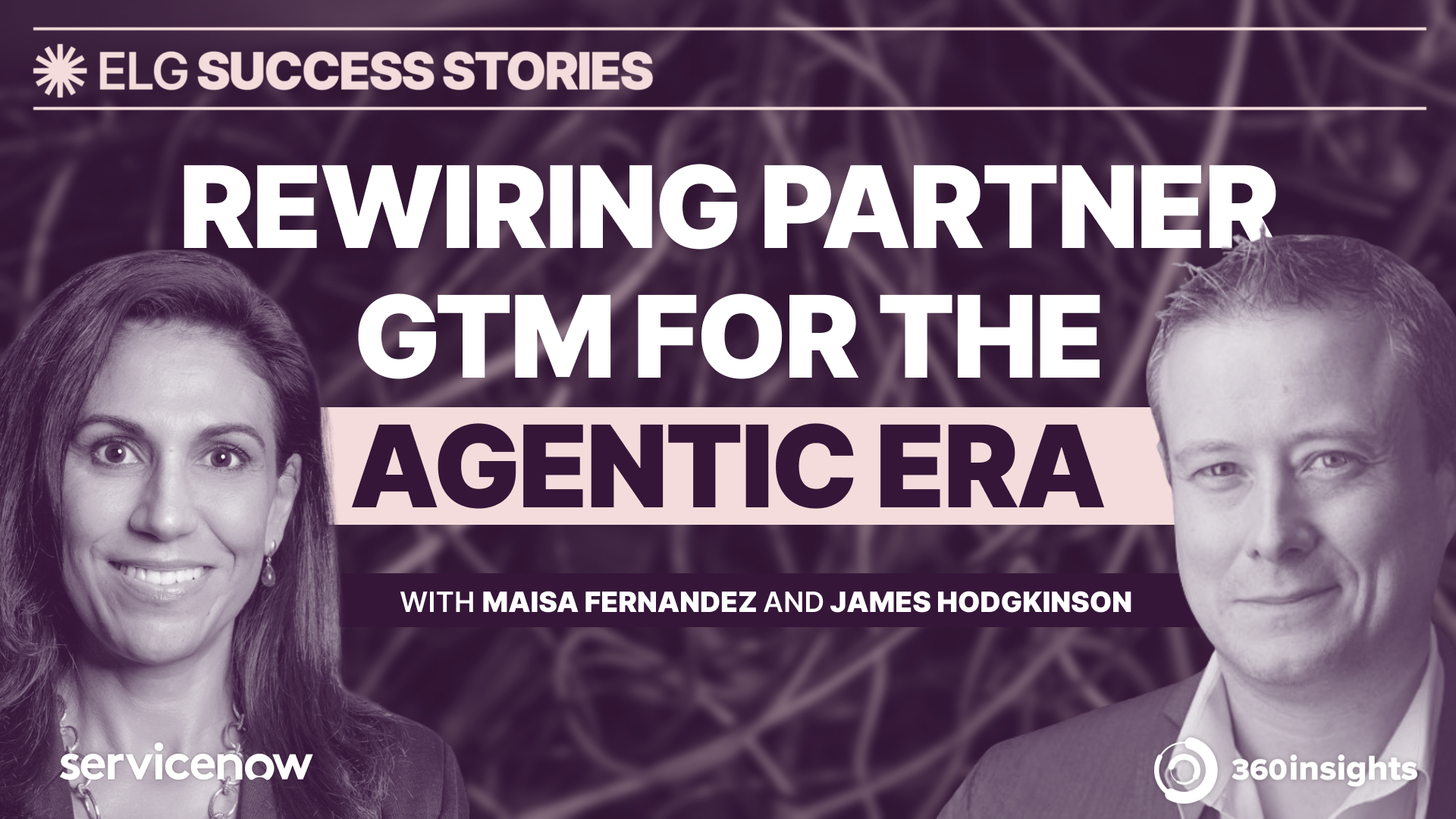
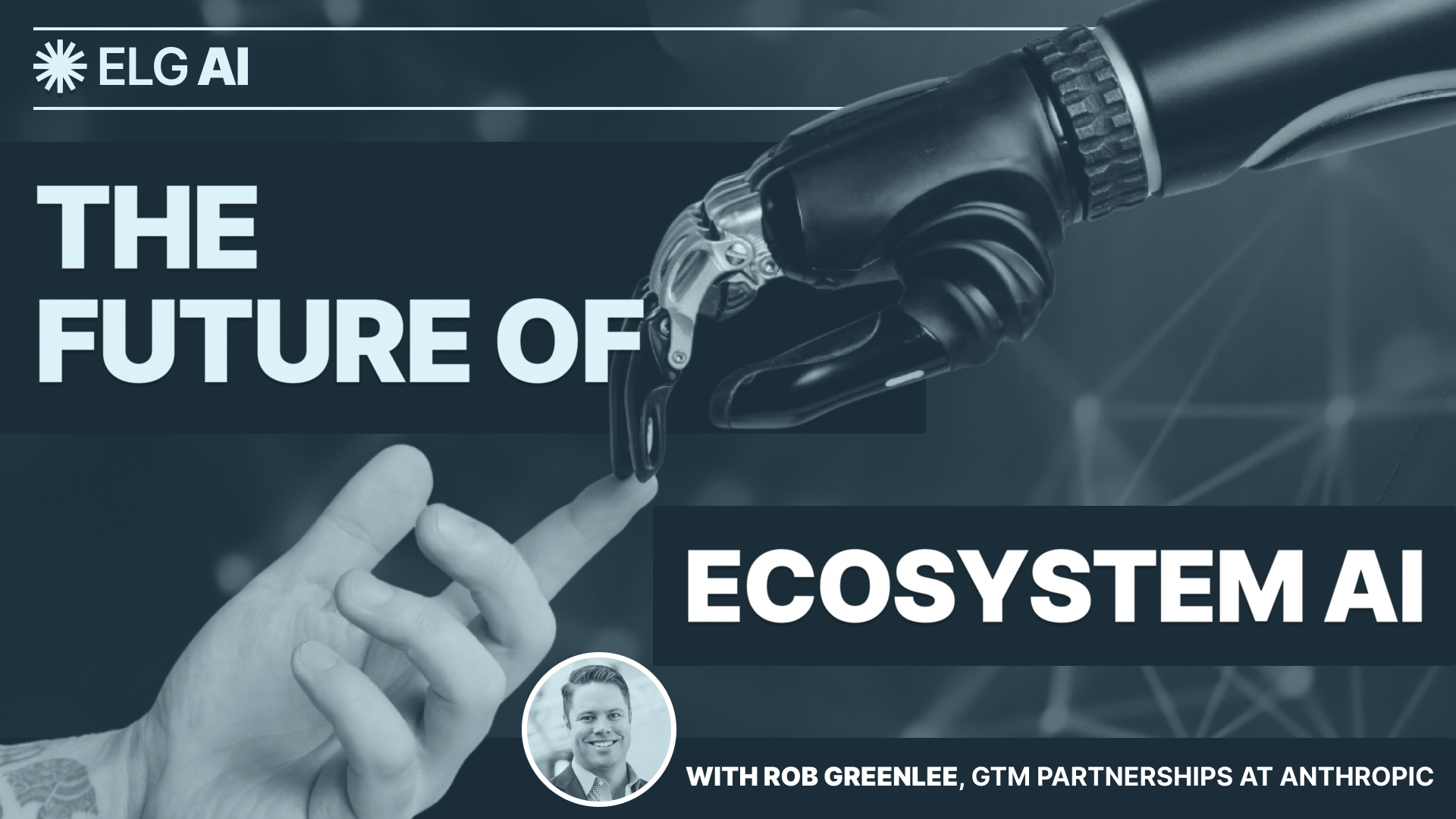
%20(1).jpg)
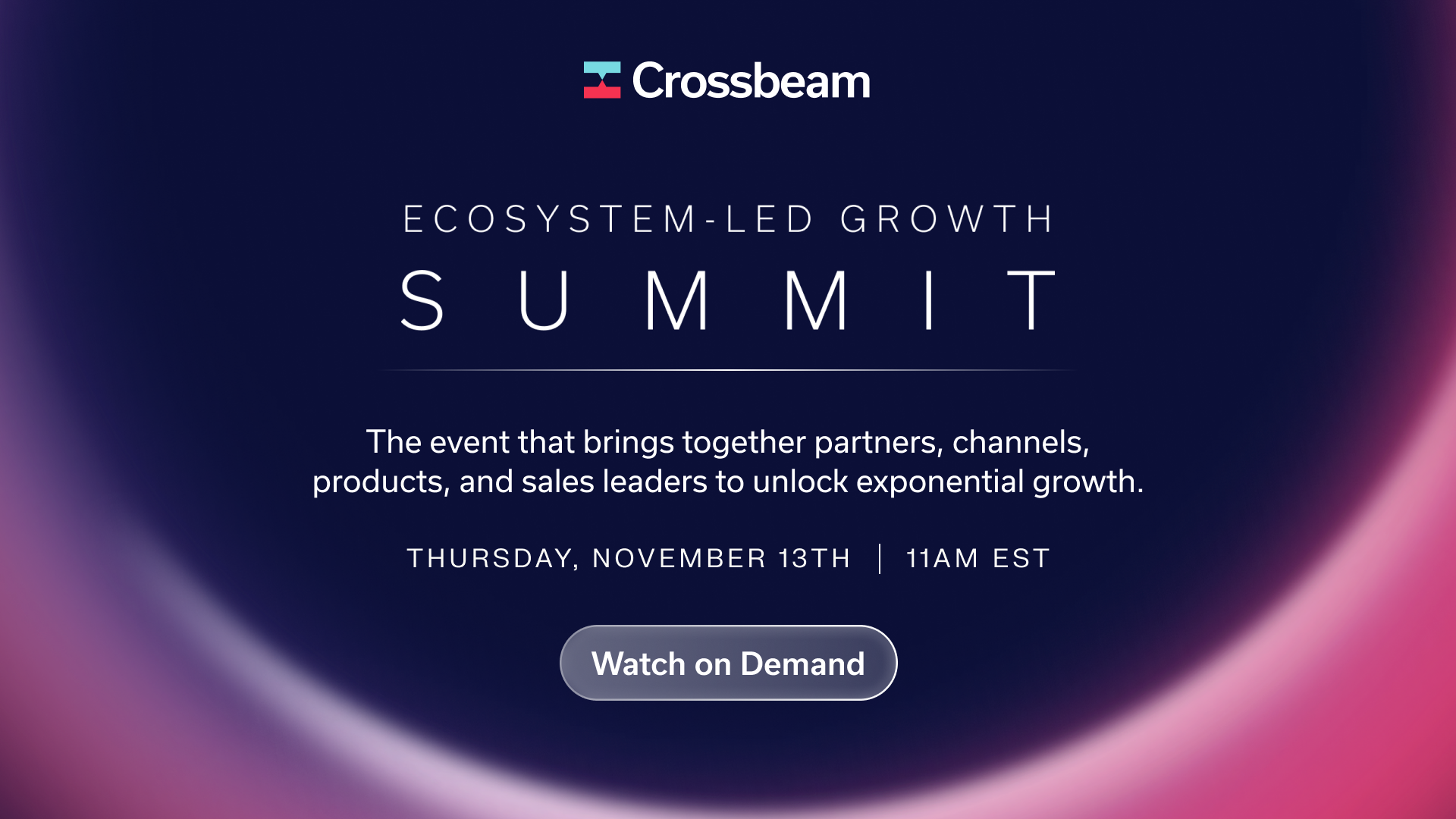

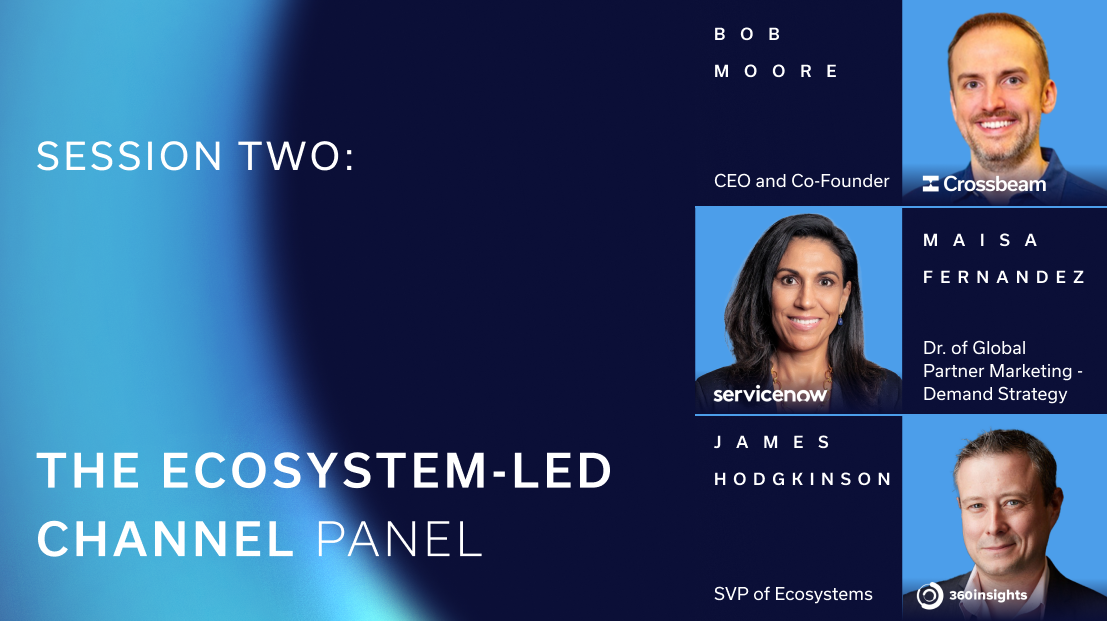
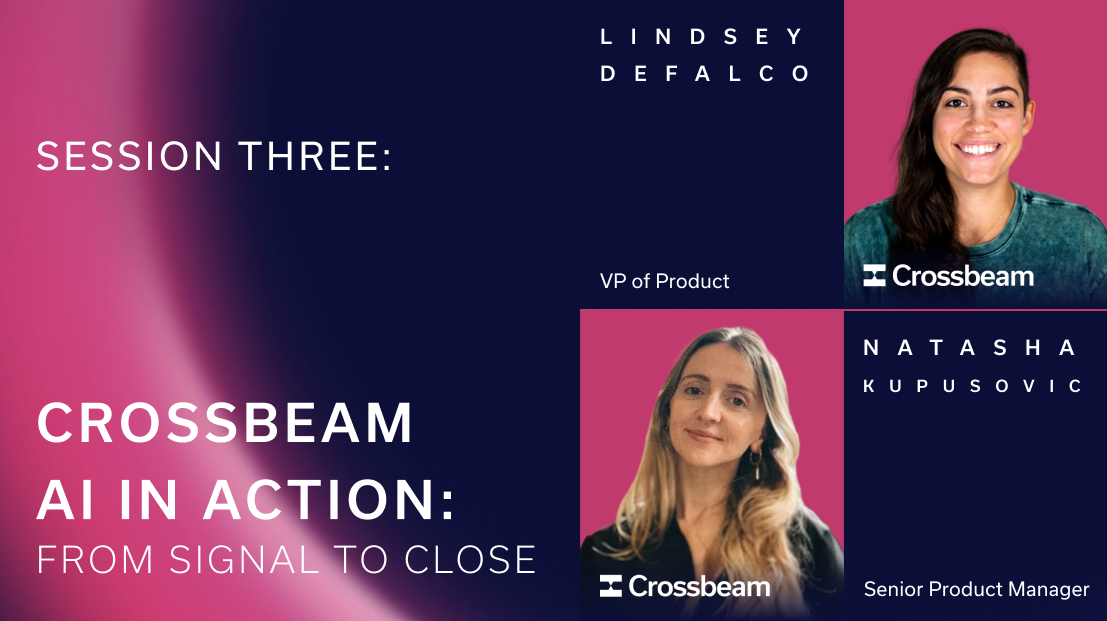

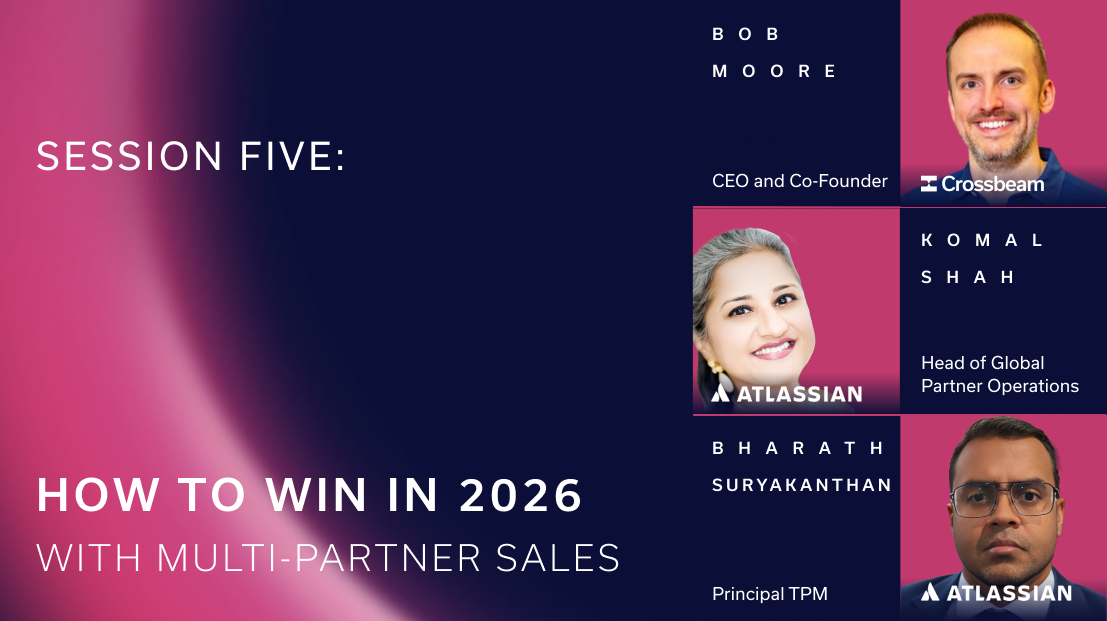
.png)
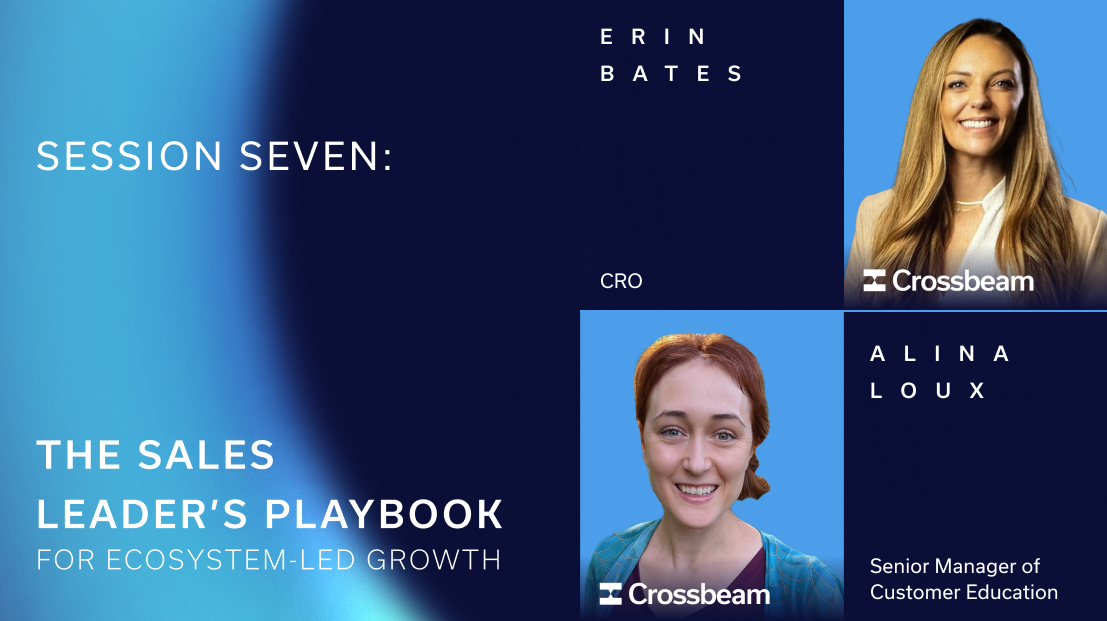




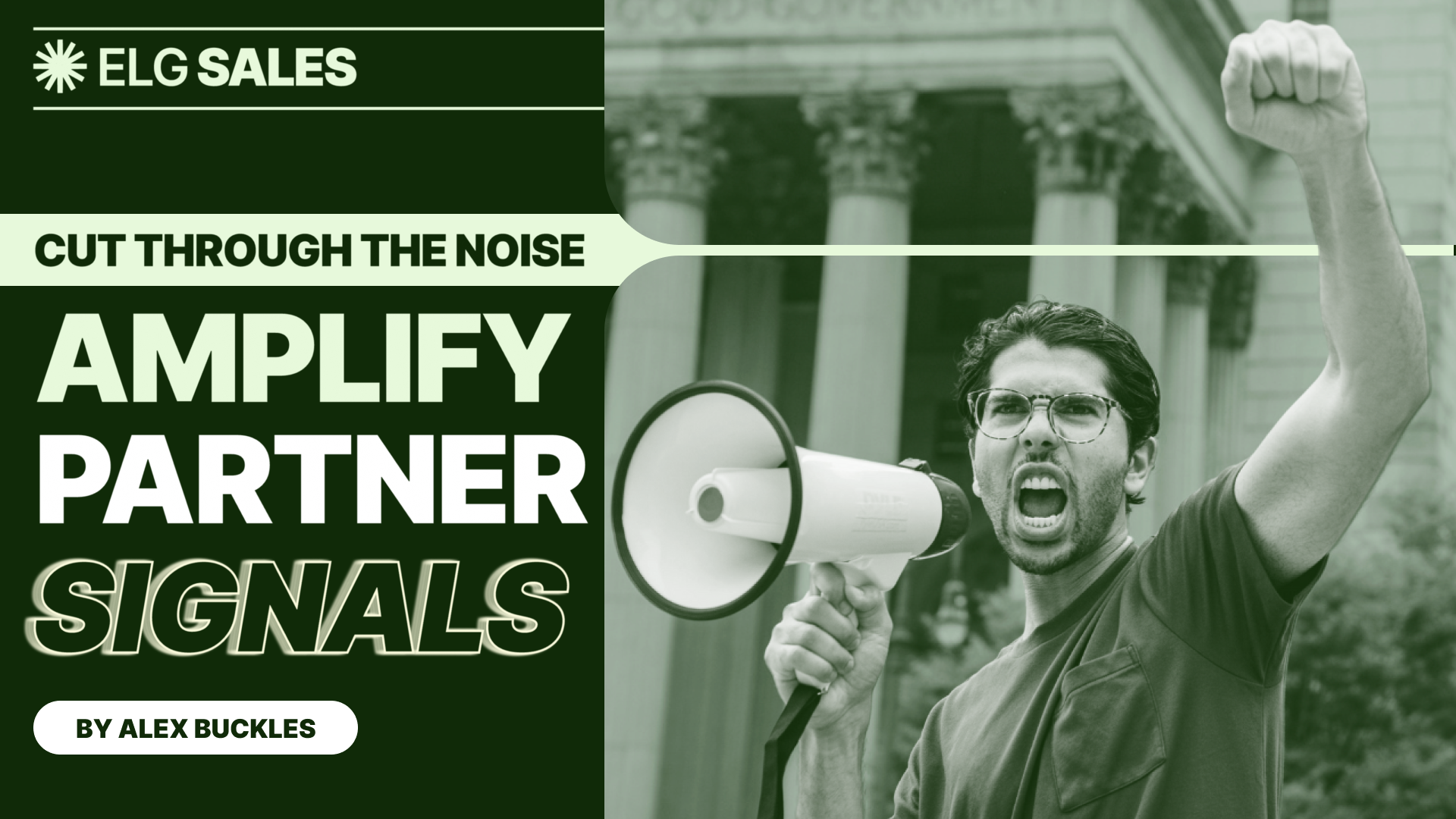
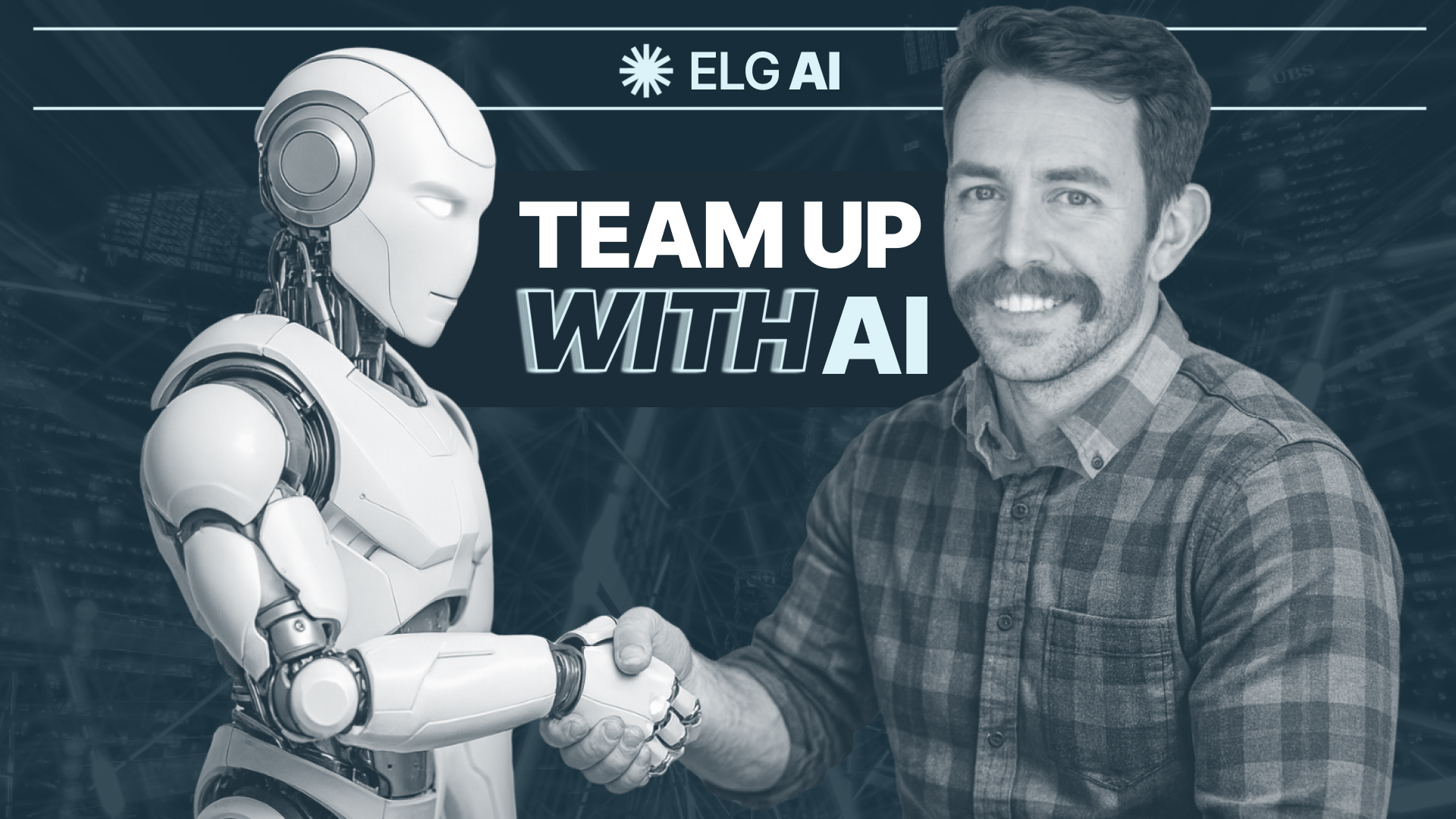




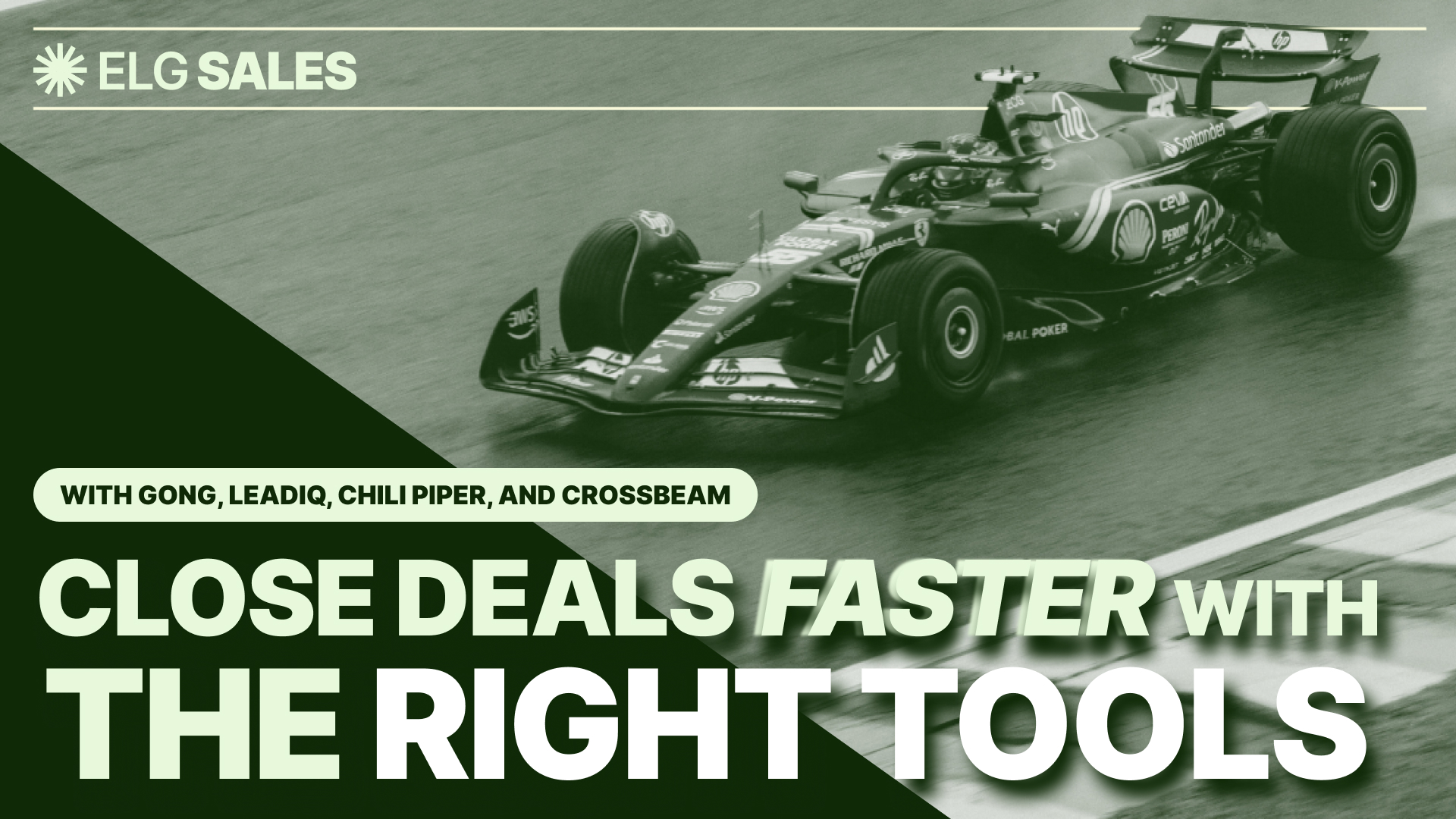
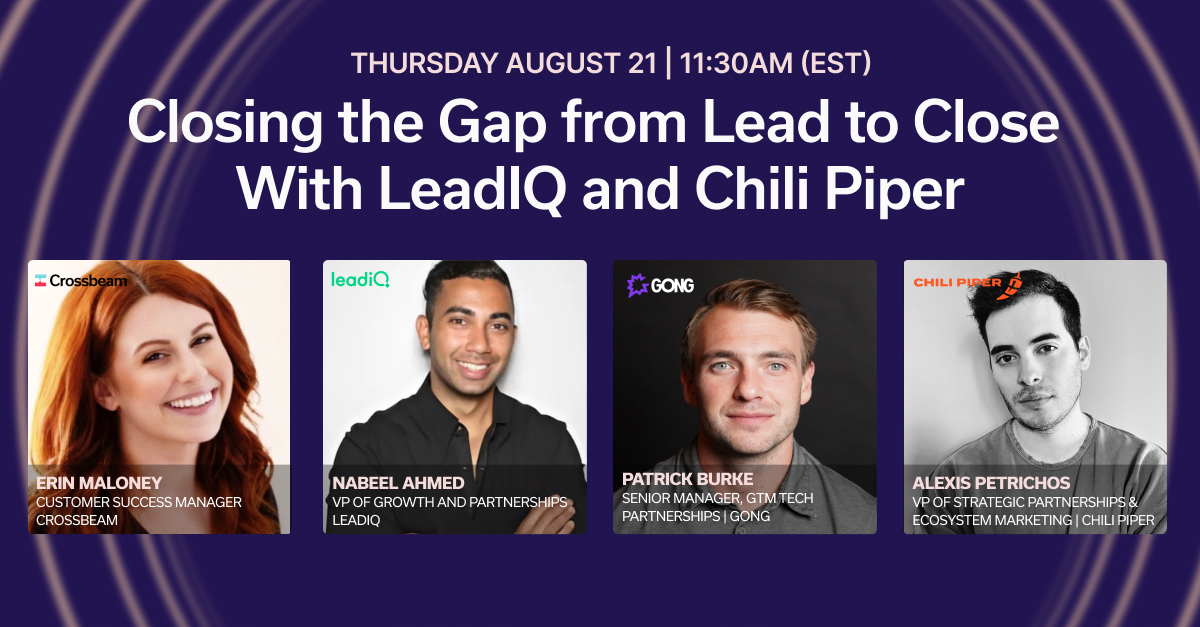

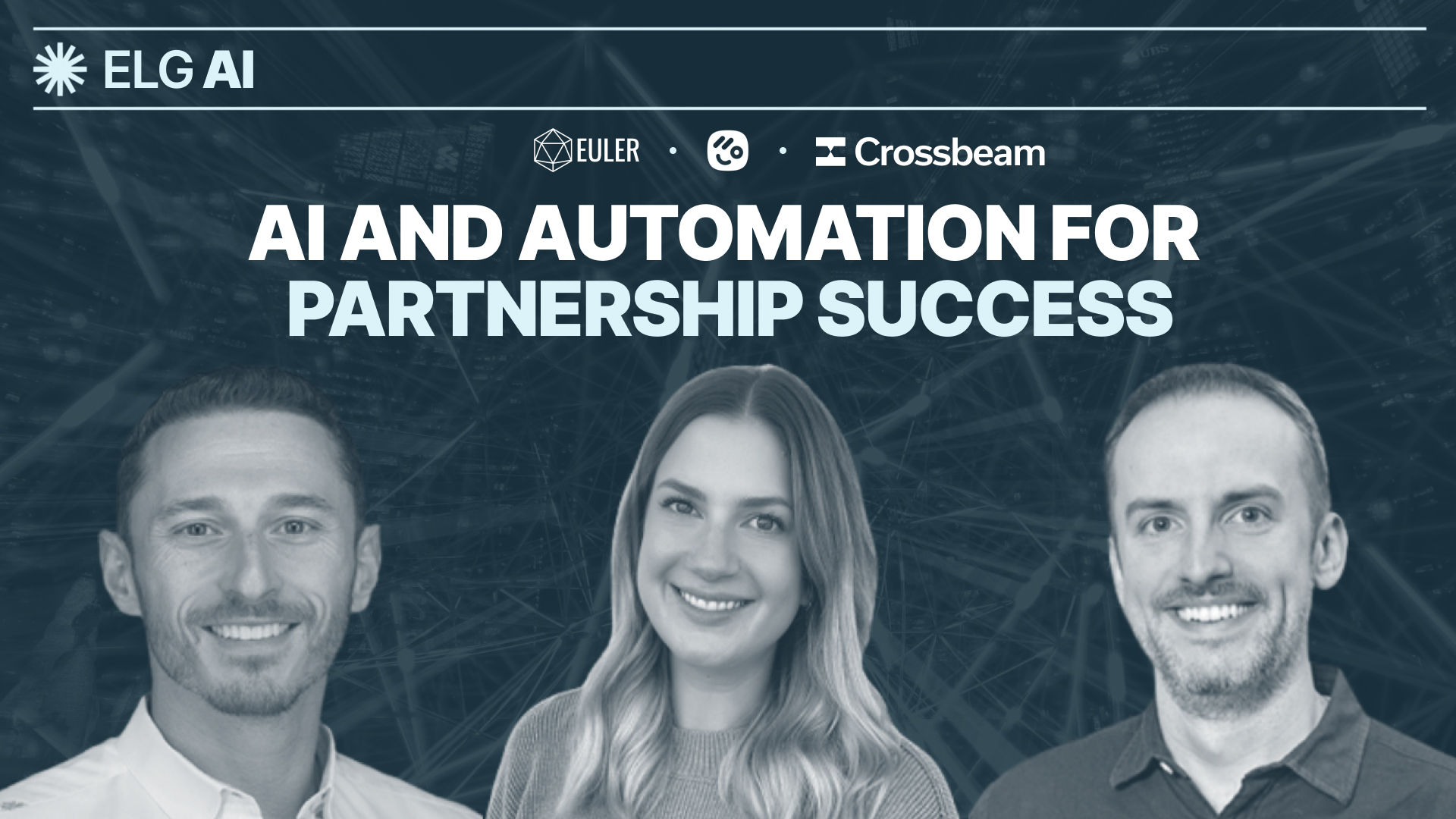
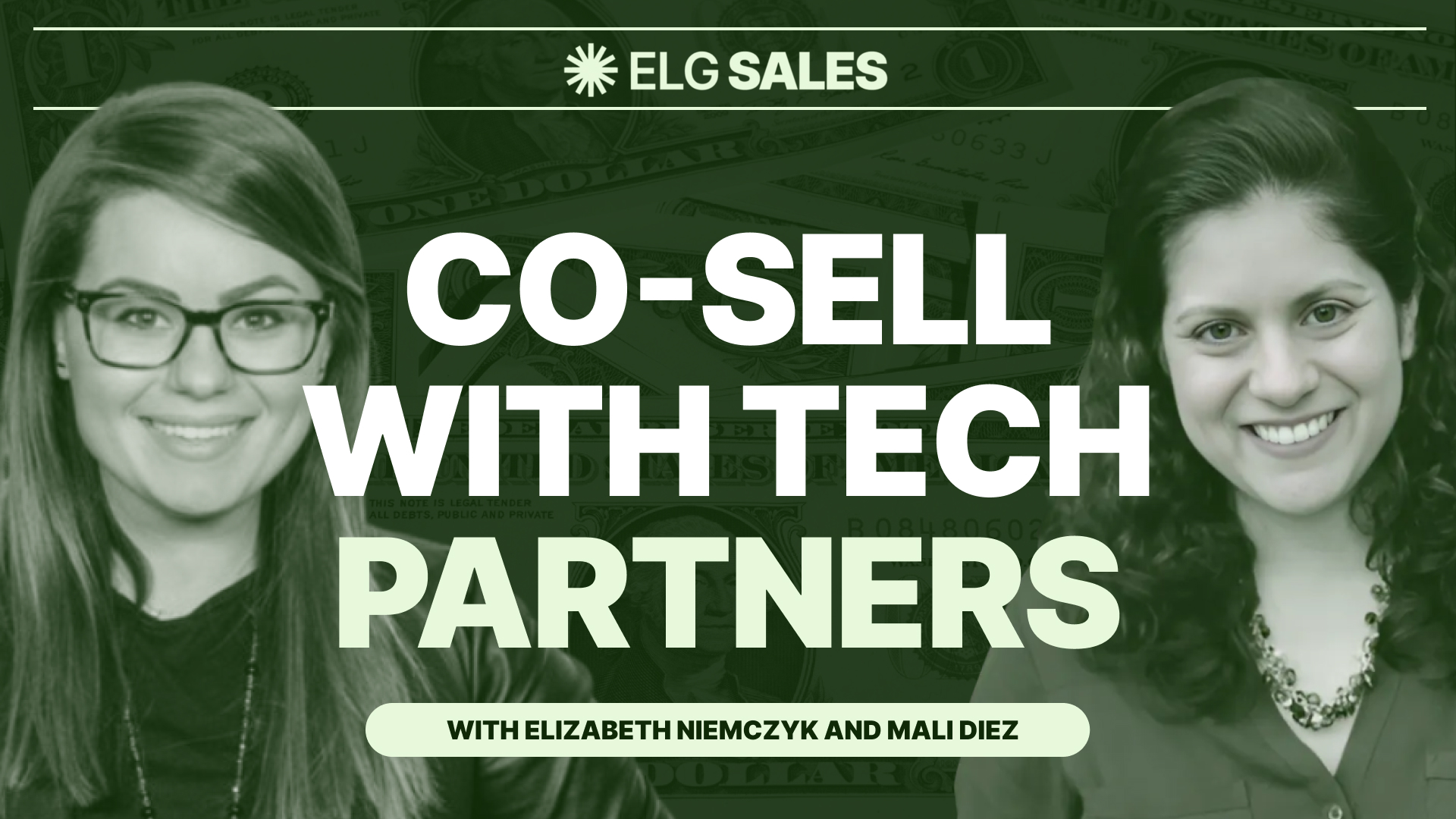
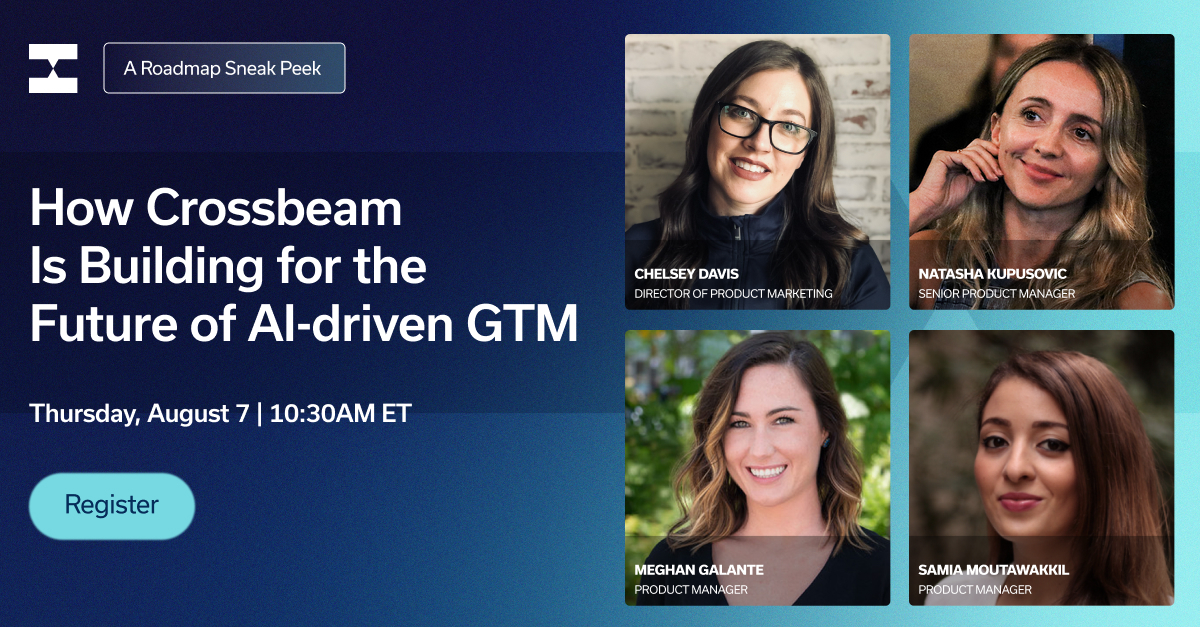
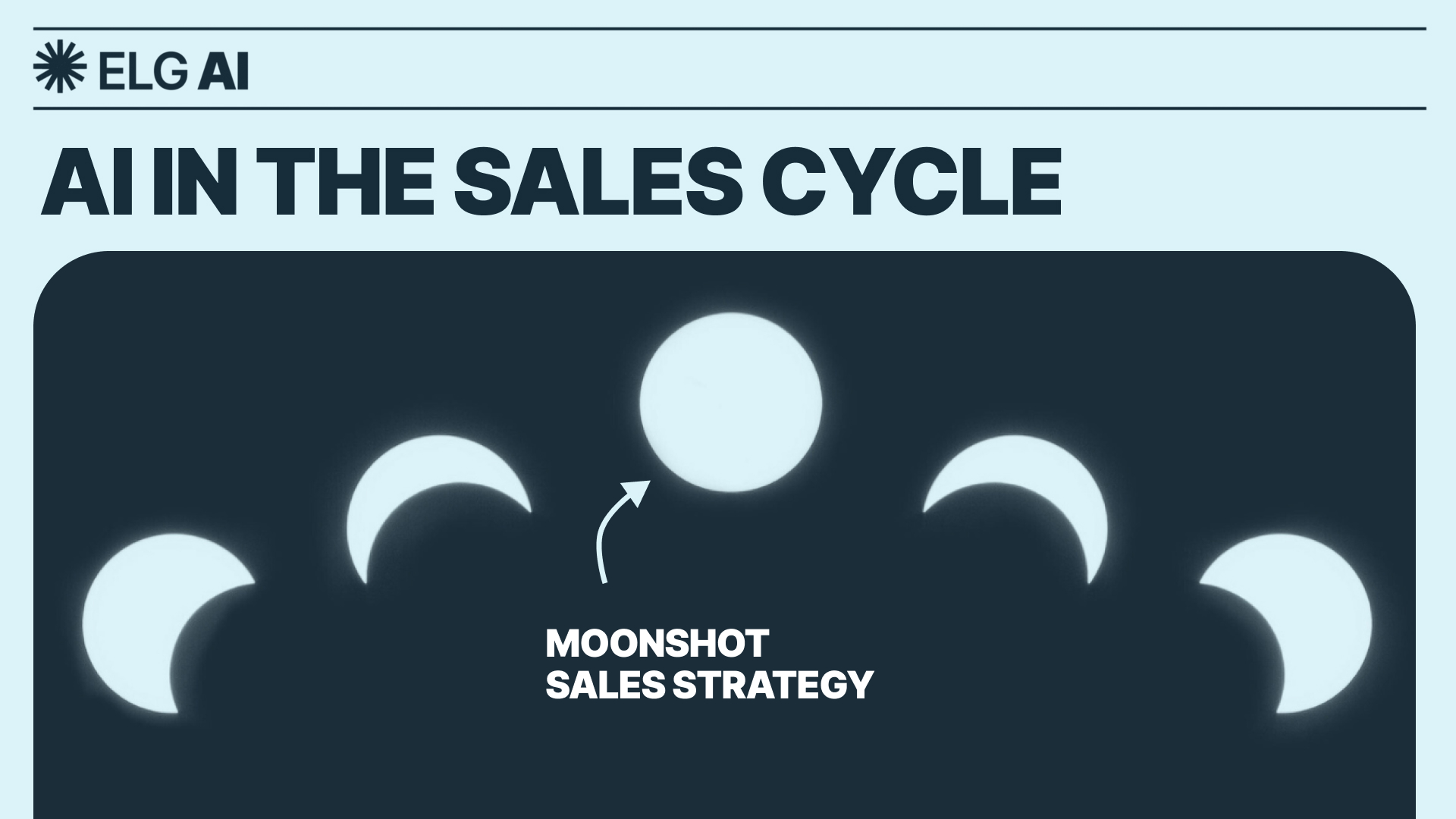
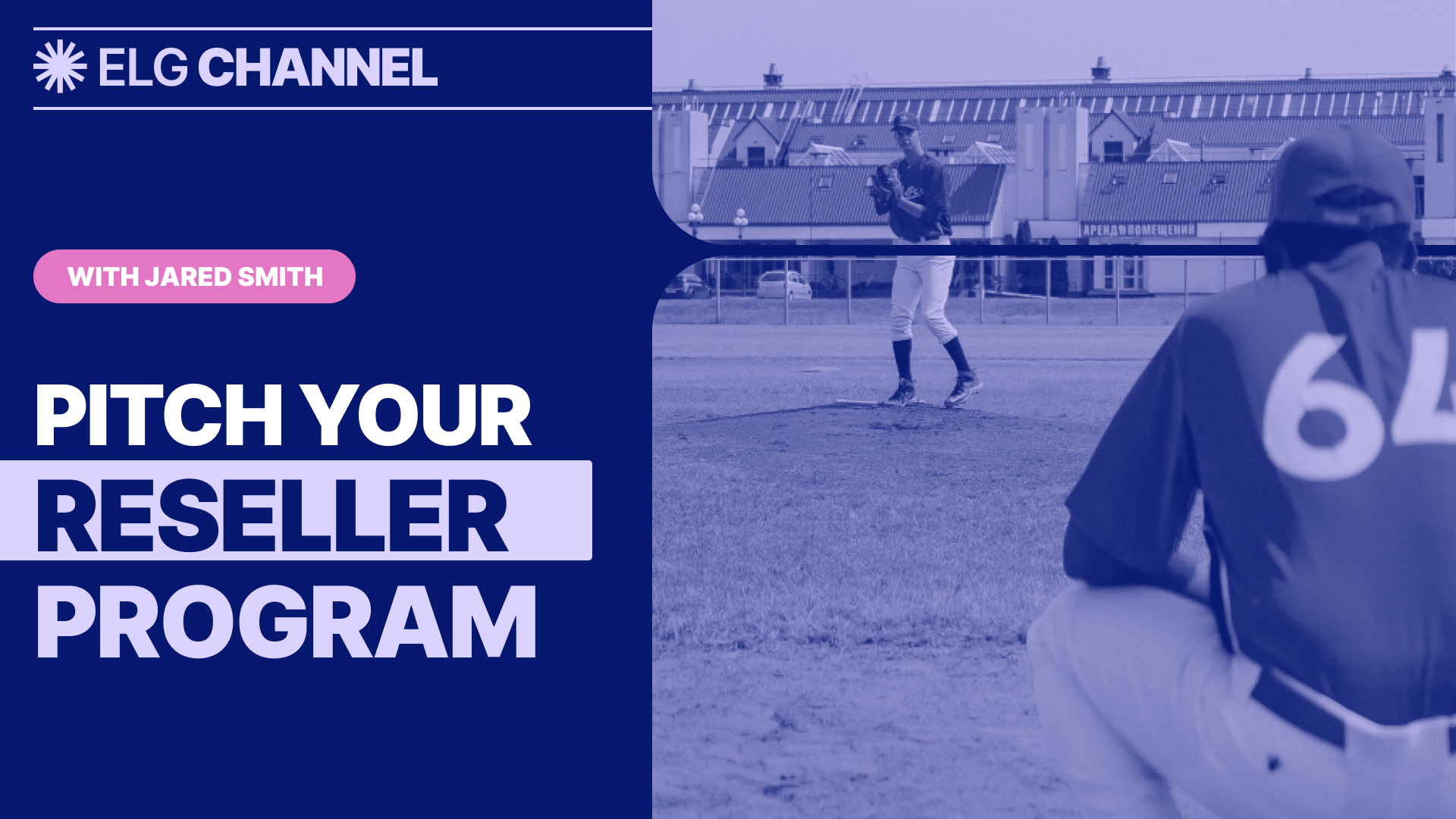
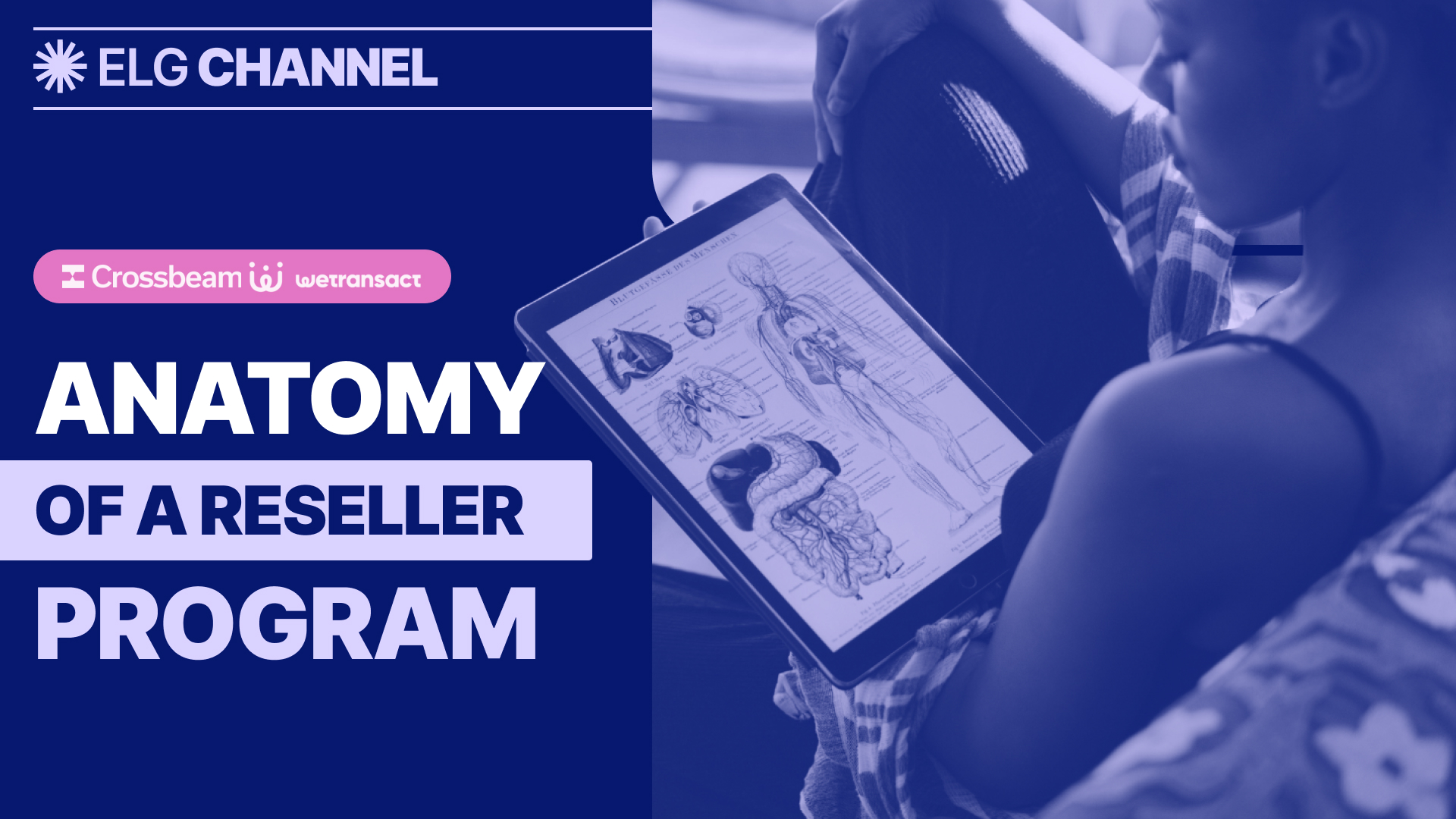
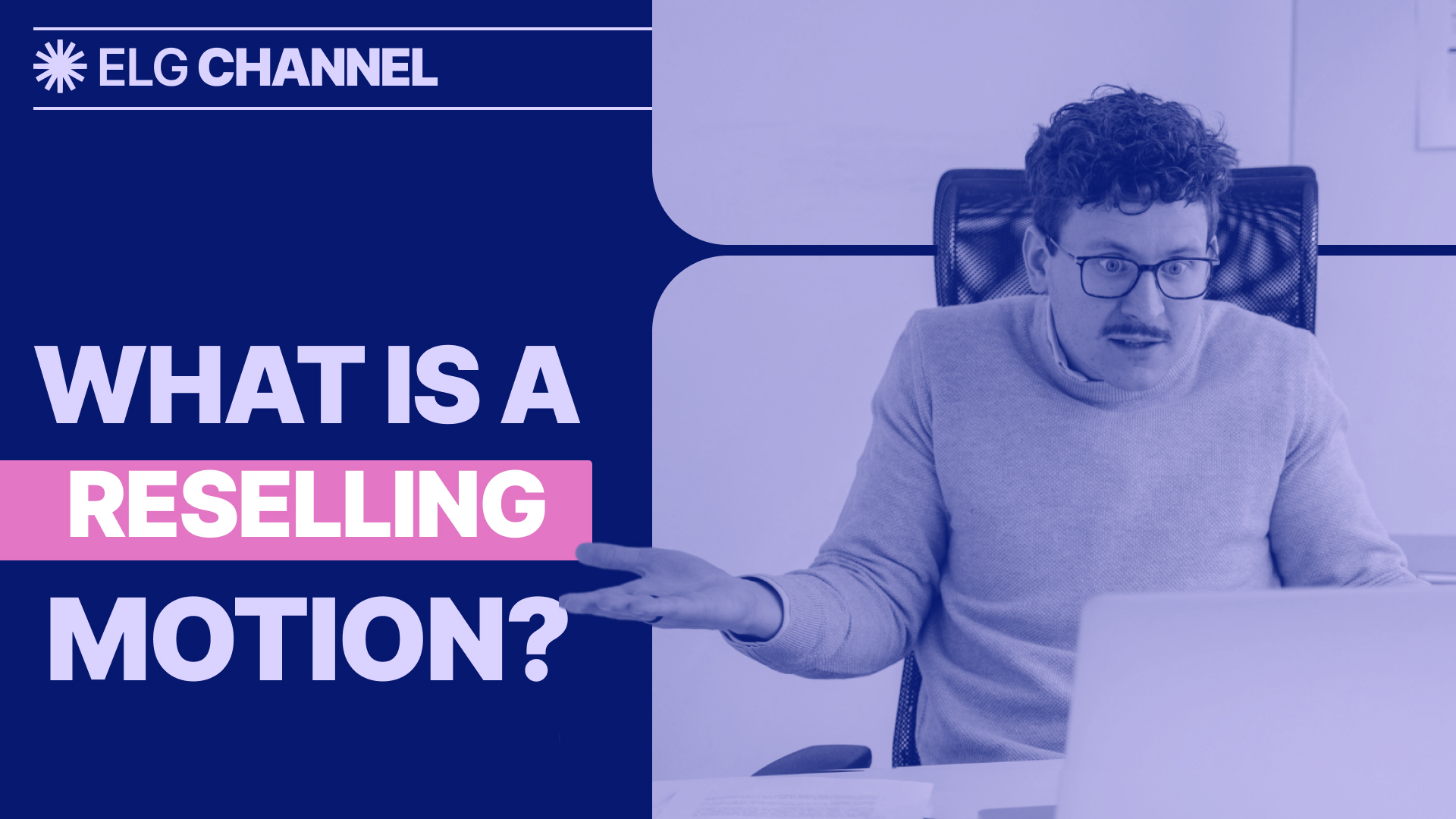
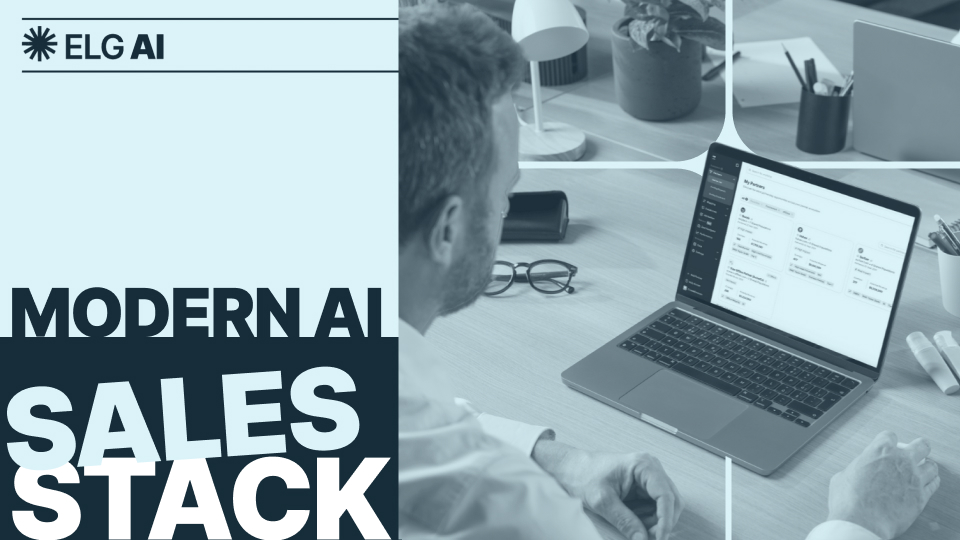

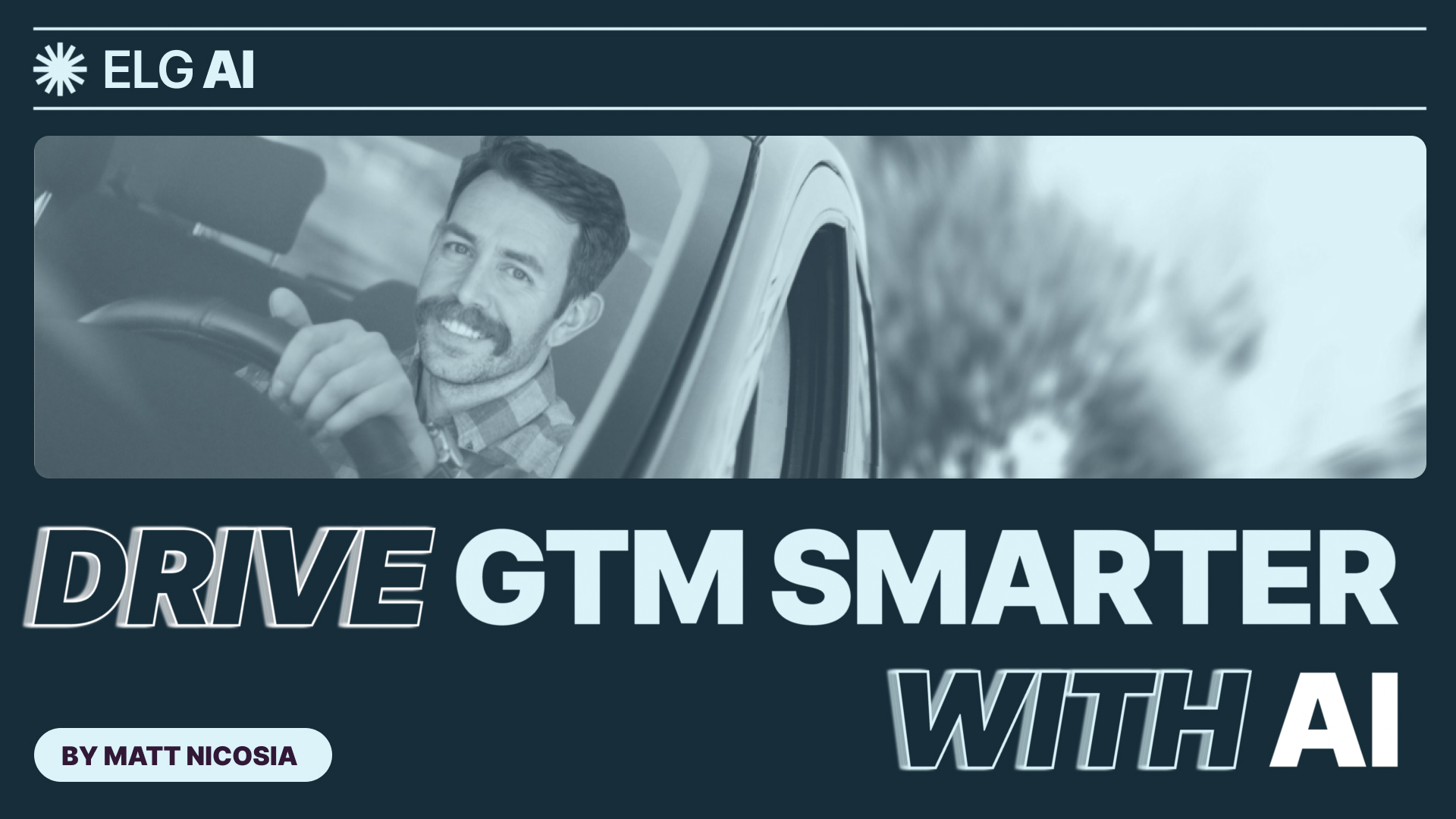




.jpg)




.png)



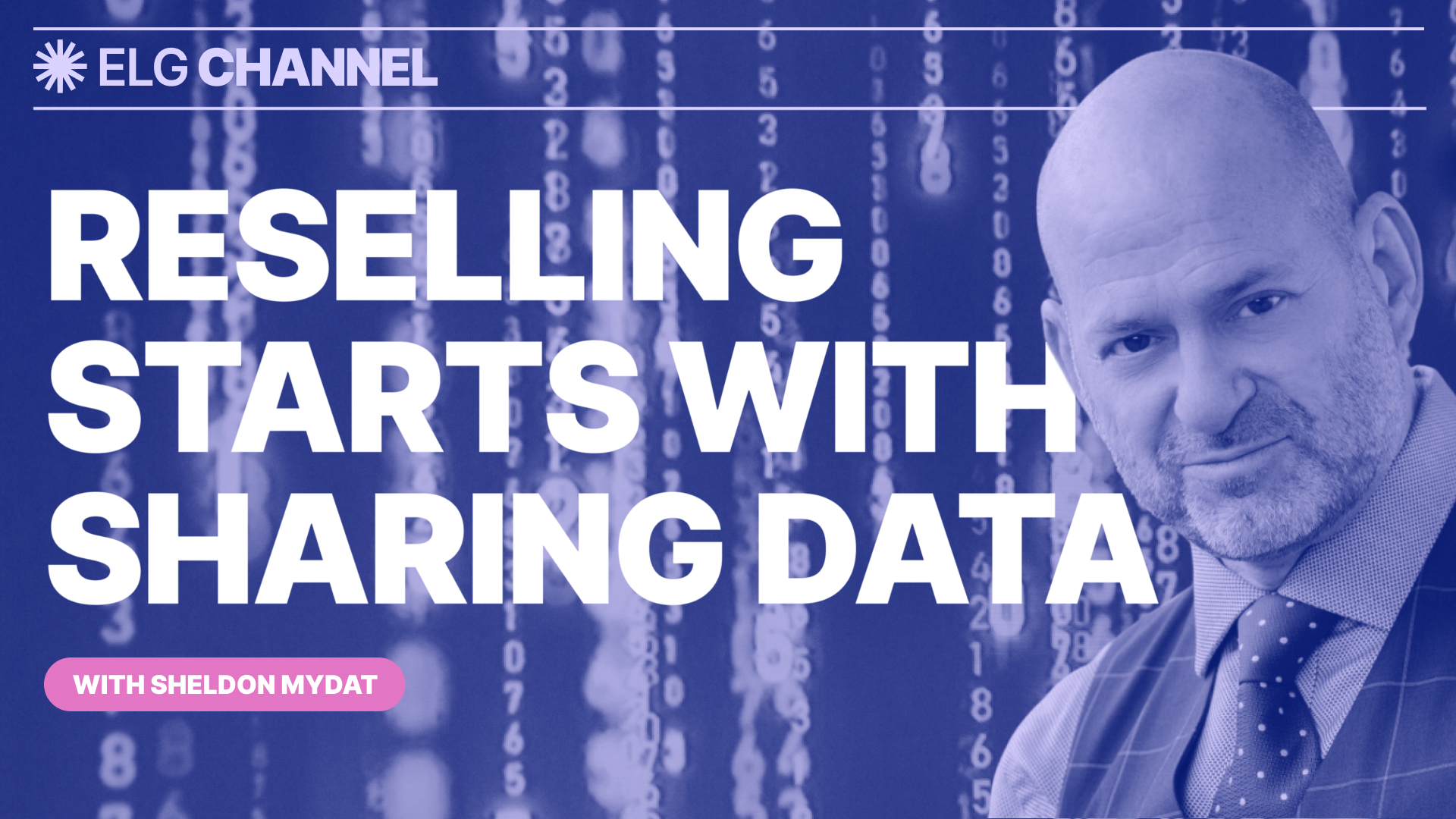


.jpg)





.jpg)

.webp)


















.webp)













